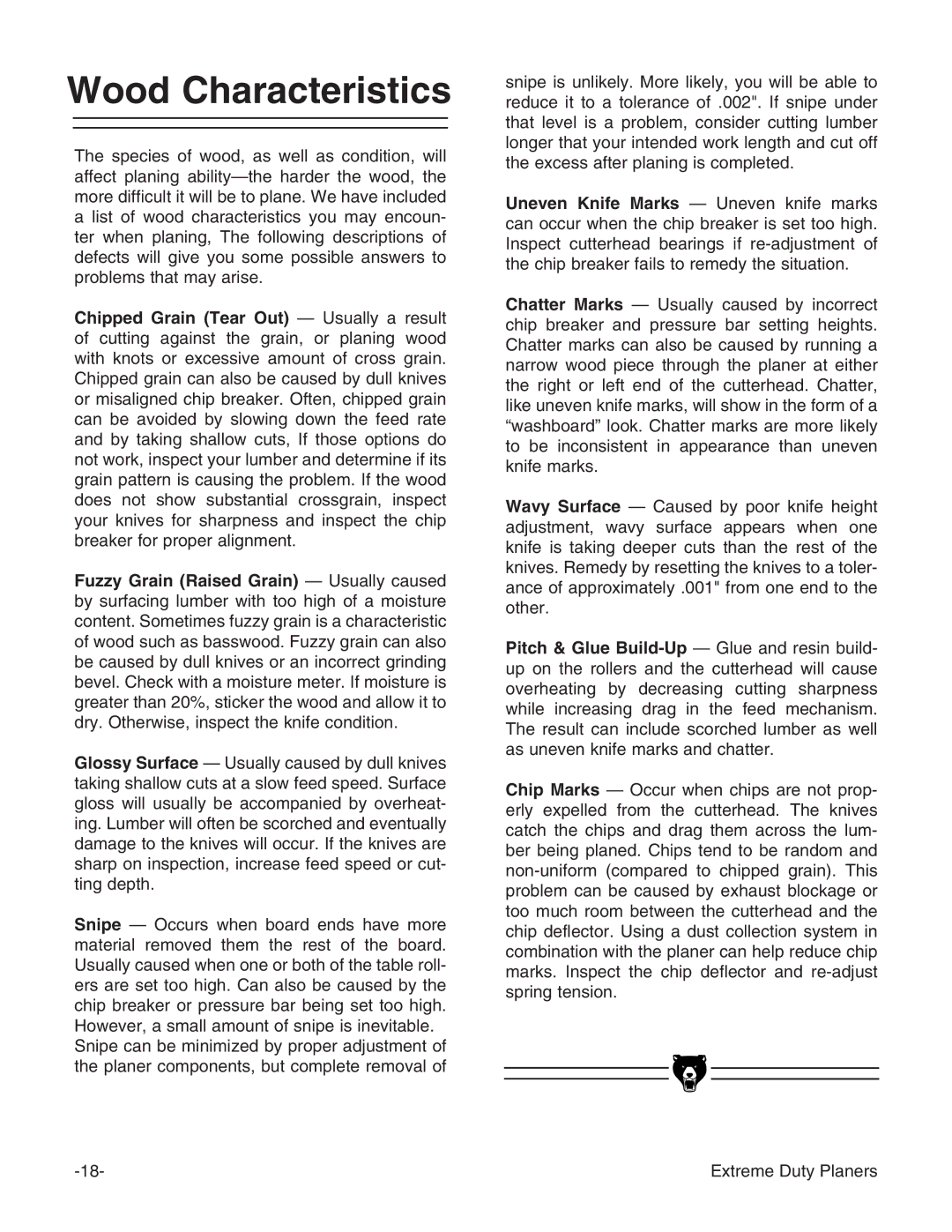G9740 specifications
The Grizzly G9740 is a versatile and powerful benchtop metal band saw designed for enthusiasts and professionals alike. Known for its robust construction and high performance, this machine stands out as an essential tool for any workshop that requires precise cutting of metal materials.One of the main features of the G9740 is its powerful 1 HP motor, which delivers smooth and consistent cutting performance. This motor provides the necessary torque to handle a variety of metal cutting tasks, from simple cross-cuts to complex curves. Additionally, the saw operates at two different speeds, allowing users to adjust the cutting rate according to the material being worked on, which enhances its versatility.
The G9740 is engineered with a durable cast iron frame that not only reduces vibration but also contributes to the overall stability of the saw during operation. This stability is crucial for achieving accurate cuts, especially when working with thicker materials. The band saw is equipped with a precision ground cast iron table that provides ample support for the workpiece, ensuring that it can handle large and heavy materials with ease.
Another notable characteristic of the Grizzly G9740 is its large cutting capacity. The saw can accommodate stock up to 7 inches in height and 10 inches in width, making it ideal for a wide range of projects, from custom metal fabrications to intricate hobby work. The adjustable blade guide system ensures that the blade remains properly aligned, which is essential for maintaining cutting accuracy over extended periods.
Safety is a top priority with the Grizzly G9740. The machine comes with several safety features, including a blade guard that protects users from accidental contact with the cutting blade. Moreover, the saw is designed with a reliable tensioning mechanism that keeps the blade tight and secure during operation, minimizing the risk of blade breakage or misalignment.
In summary, the Grizzly G9740 is a highly capable benchtop metal band saw that offers a combination of power, precision, and safety. Its robust design, flexible speed settings, and generous cutting capacity make it an excellent choice for anyone looking to tackle metal cutting projects with confidence and accuracy. Whether for professional use or personal projects, the G9740 is a reliable tool that will deliver consistent and high-quality results.

